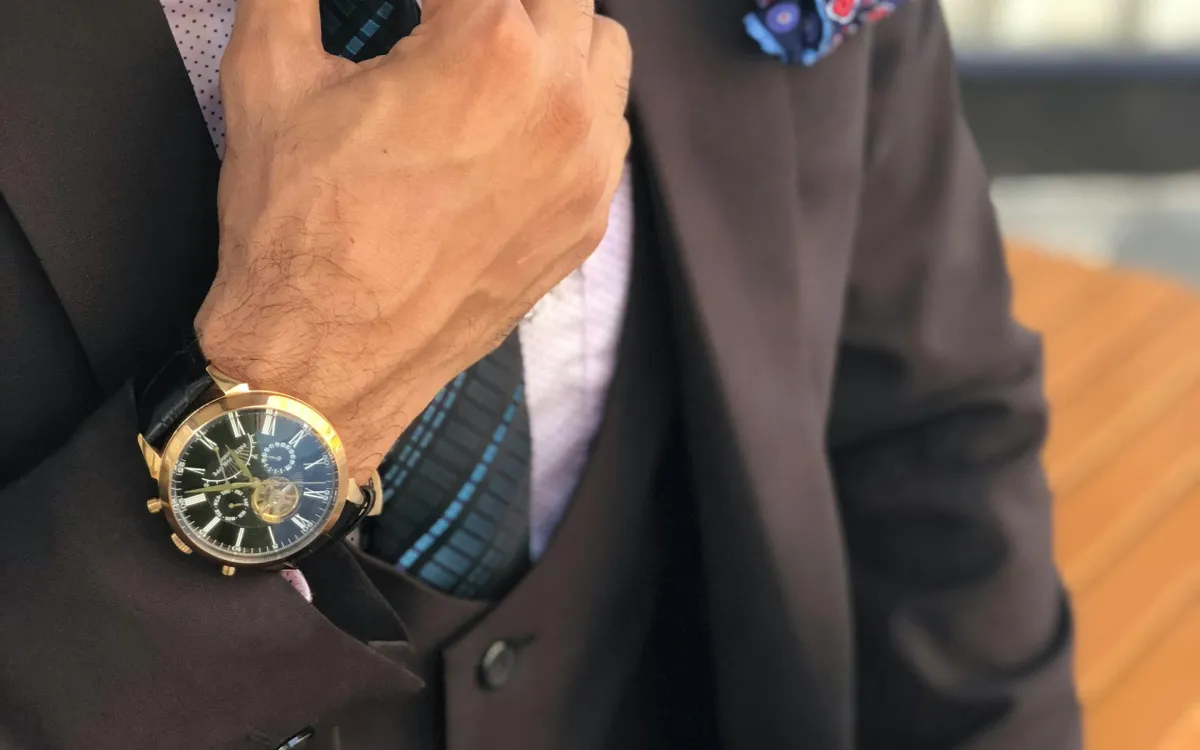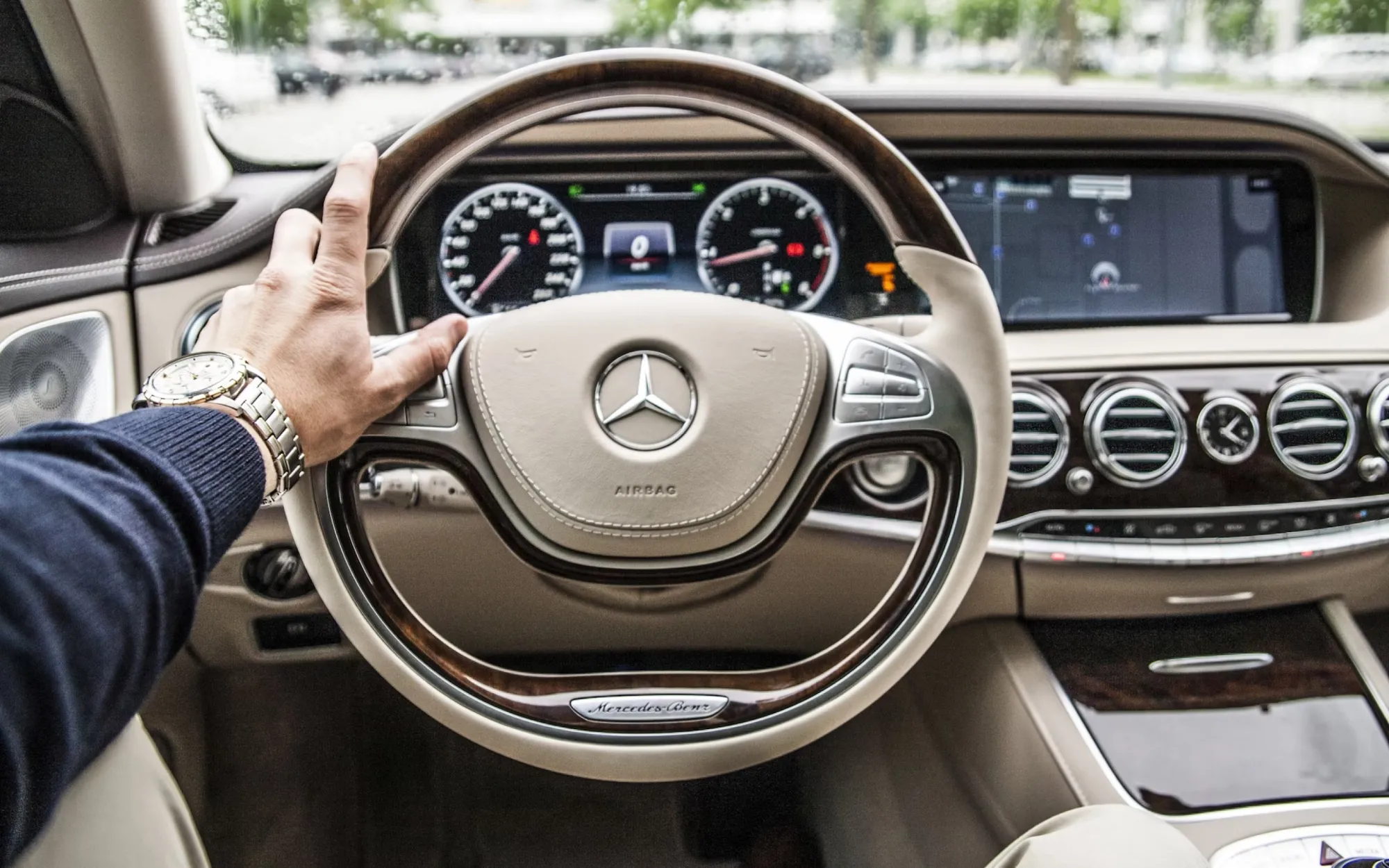The Strategic Power of Prestige Pricing
Discover how prestige pricing elevates your brand, attracts luxury-focused customers, and sets you apart in the market.

Have you ever wondered why some brands can charge much higher prices for their products and still attract eager customers?
This is where prestige pricing comes in, a pricing strategy where higher prices are set to reflect the exclusivity and luxury of a product, creating a sense of superior quality and desirability.
In this blog, we'll explore how prestige pricing works and why it's so important for luxury markets.
But that's not all, we'll also discuss into two important marketing strategies that businesses use alongside pricing: differentiated marketing and undifferentiated marketing.
Understanding the power of prestige pricing will help you see how companies position their products in the marketplace and reach their ideal customers.
What is Prestige Pricing?
Prestige pricing is when a business sets higher prices for its products to create a sense of luxury and exclusivity. Instead of trying to compete by offering lower prices, brands that use prestige pricing aim to attract customers who are willing to pay more because they believe the product is of higher quality or more unique.
Key Concepts in Prestige Pricing with Examples

a. Value Proposition
Imagine you're buying a high-end smartphone. While there are cheaper options, you choose the expensive one because it promises better camera quality, longer battery life, and a premium design. The company has successfully convinced you that their product offers more value for the higher price, and that’s why you’re willing to pay extra.
Example:
Apple’s iPhone. People pay more for iPhones because they believe in the quality, design, and the brand’s reputation for innovation.
b. Price Elasticity
In prestige pricing, price elasticity is low, meaning price changes don’t impact demand as much. For example, if a luxury car brand increases its prices, customers who want the status and quality that come with owning such a car will still buy it, even though it costs more.
Example:
Ferrari. Even if the price of a Ferrari goes up, many buyers will still pay because they value the brand’s exclusivity and prestige.
c. Market Positioning
Let’s say a new watch brand enters the market and decides to position itself as a luxury brand. They target high-end customers, use premium materials, and advertise in places that reach wealthier audiences. By doing this, they create an image of luxury that justifies their higher price.
Example:
Rolex. The brand positions itself as a symbol of luxury and success, which justifies the premium price tag.
d. Psychological Pricing
When a product is priced high, people often assume it’s of better quality. For instance, a designer handbag that costs $2,000 may not have drastically different materials from one that costs $200, but the higher price makes people think it’s more valuable and desirable.
Example:
Louis Vuitton. Customers believe they are buying a top-quality product because of the high price, which adds to the brand’s allure.
e. Consumer Trust
People need to trust that a high-priced product is worth it. For example, luxury skincare brands charge more because customers trust the ingredients are better and will give superior results. Over time, if the brand consistently delivers on its promises, customers will come back and pay a premium again.
Example:
La Mer skincare. The brand has built trust by maintaining a reputation for using high-quality, effective ingredients, which is why customers continue to pay for it.
f. Competitive Advantage
Prestige pricing can help a brand stand out in a sea of cheaper options. For instance, a high-end hotel chain may charge more for its rooms but offer exceptional service and exclusive amenities. By doing so, it separates itself from other hotels and attracts customers who are willing to pay more for a better experience.
Example:
The Ritz-Carlton. They charge higher rates, but customers pay for the superior service and luxurious experience that sets them apart from other hotels.
What is a Prestige Pricing Technique?

A prestige pricing technique is a strategy where businesses intentionally set higher prices for their products or services to create a sense of luxury, exclusivity, or high quality.
Instead of competing on price, they focus on creating a perception that their product is worth more because it offers something special—whether it’s top-notch craftsmanship, unique design, or association with a high-status brand.
A prestige pricing technique relies on the idea that some customers are willing to pay more for products that make them feel important or successful.
For example, luxury car brands, high-end fashion labels, and premium electronics companies often use prestige pricing to position their products as top-of-the-line.
What is the Concept of Prestige Pricing?

The concept of prestige pricing revolves around creating the perception that a product is more valuable because of its high price.
It’s based on the belief that some customers associate higher prices with better quality, exclusivity, or luxury. In this competitor pricing model, a product is priced above the average market rate, not because it necessarily costs more to produce, but to signal to the customer that they are buying something special.
The concept of prestige pricing works best in industries where status, brand perception, and exclusivity are important. Customers in these markets are often looking for products that not only meet their needs but also enhance their image or sense of self-worth.
What is the Objective of Prestige Pricing?

The main objective of prestige pricing is to elevate a product’s image and attract customers who are willing to pay more for something that is perceived as high-quality, luxurious, or exclusive.
By setting a higher price, the brand aims to achieve several goals:
a. Create an Image of Exclusivity
When a company uses prestige pricing, it sets higher prices to make its products feel rare and special. The higher price tag sends a signal to customers that this product is not for everyone, which adds to its appeal.
In fact, the high cost can make the product seem even more desirable because people often associate rarity with value. This sense of exclusivity attracts customers who want something that sets them apart from the crowd, something that not everyone can afford. These customers are typically drawn to products that give them a sense of distinction or status.
For example, a limited-edition luxury watch priced at thousands of dollars instantly feels more exclusive, making customers feel like they’re part of a select group.
b. Attract a Specific Market
Prestige pricing is designed to appeal to a particular group of customers who are less concerned with price and more focused on what the product represents.
These customers tend to care more about quality, brand image, and the status associated with the product rather than just getting a good deal. By setting higher prices, companies target a premium market that values exclusivity, craftsmanship, or luxury over affordability.
These consumers often look for products that reflect their personal success or taste and are willing to pay more for items that align with these values.
For example, someone buying a high-end sports car isn’t just thinking about getting from point A to point B—they’re investing in a vehicle that reflects their lifestyle and status, something they feel proud to own.
c. Build Brand Perception
A key goal of prestige pricing is to build and maintain a brand’s reputation as a high-quality, luxurious option in the market.
When customers see consistently high prices, they start to associate the brand with premium quality and exclusivity. Over time, this helps establish the brand’s image as one that offers top-tier products that are worth the investment.
The higher price points reinforce the idea that the brand is providing something special that can’t be easily matched by cheaper alternatives.
For instance, brands like Chanel or Gucci have built their entire image around luxury, and their high prices contribute to how people perceive them as elite fashion labels.
d. Differentiate from Competitors
Prestige pricing helps companies set themselves apart from competitors' prices who may be focused on offering lower-priced alternatives.
By positioning their products at a higher price point, these companies distinguish themselves as premium choices in the market. This creates a competitive advantage because they attract a different kind of customer—one who is willing to pay more for what they believe is a superior product or experience.
Instead of getting caught in a price war with competitors, companies using prestige pricing stand out by offering something that others don’t: a sense of luxury, exclusivity, or exceptional quality.
For example, in the smartphone market, brands like Vertu charge significantly higher prices than mainstream competitors like Samsung or Apple, offering handmade phones with luxury materials like gold and diamonds. This pricing strategy helps them attract customers looking for a more exclusive, elite product.
Conclusion
Prestige pricing is all about creating a sense of luxury, exclusivity, and high value. By setting higher prices, brands can attract customers who are willing to pay more for products that make them feel unique or successful.
A prestige pricing strategy helps build a strong brand image, positions the company as a premium option in the market, and sets it apart from competitors who focus on lower prices.
Ultimately, prestige pricing allows companies to appeal to a specific group of customers who prioritize quality, status, and exclusivity over affordability. When done right, it not only increases profits but also strengthens the brand's reputation in the long run.
Frequently Asked Questions
1. What is prestige pricing?
Prestige pricing is when a company sets higher prices for its products or services to make them seem more luxurious or exclusive. The idea is that people will pay more because they believe the product is high-quality or special.
2. Why do companies use prestige pricing?
Companies use prestige pricing to attract customers who value quality, exclusivity, and status. It helps build a brand’s reputation as a premium option and sets the company apart from competitors who offer cheaper products.
3. Does prestige pricing always mean the product is better?
Not necessarily. Sometimes the higher price is more about the brand’s image and perception rather than the actual quality. However, many luxury products do offer superior craftsmanship or materials to justify the price.
4. Who are the customers that prestige pricing targets?
Prestige pricing targets customers who are less concerned with price and more focused on the brand's image, quality, and the status that comes with owning a premium product. These customers are willing to pay more for something they see as exclusive or valuable.
5. How does prestige pricing affect competition?
Prestige pricing helps a company stand out from competitors by offering a more premium option. Instead of competing on price, the company focuses on offering something unique or luxurious, which appeals to customers looking for higher-end products.
